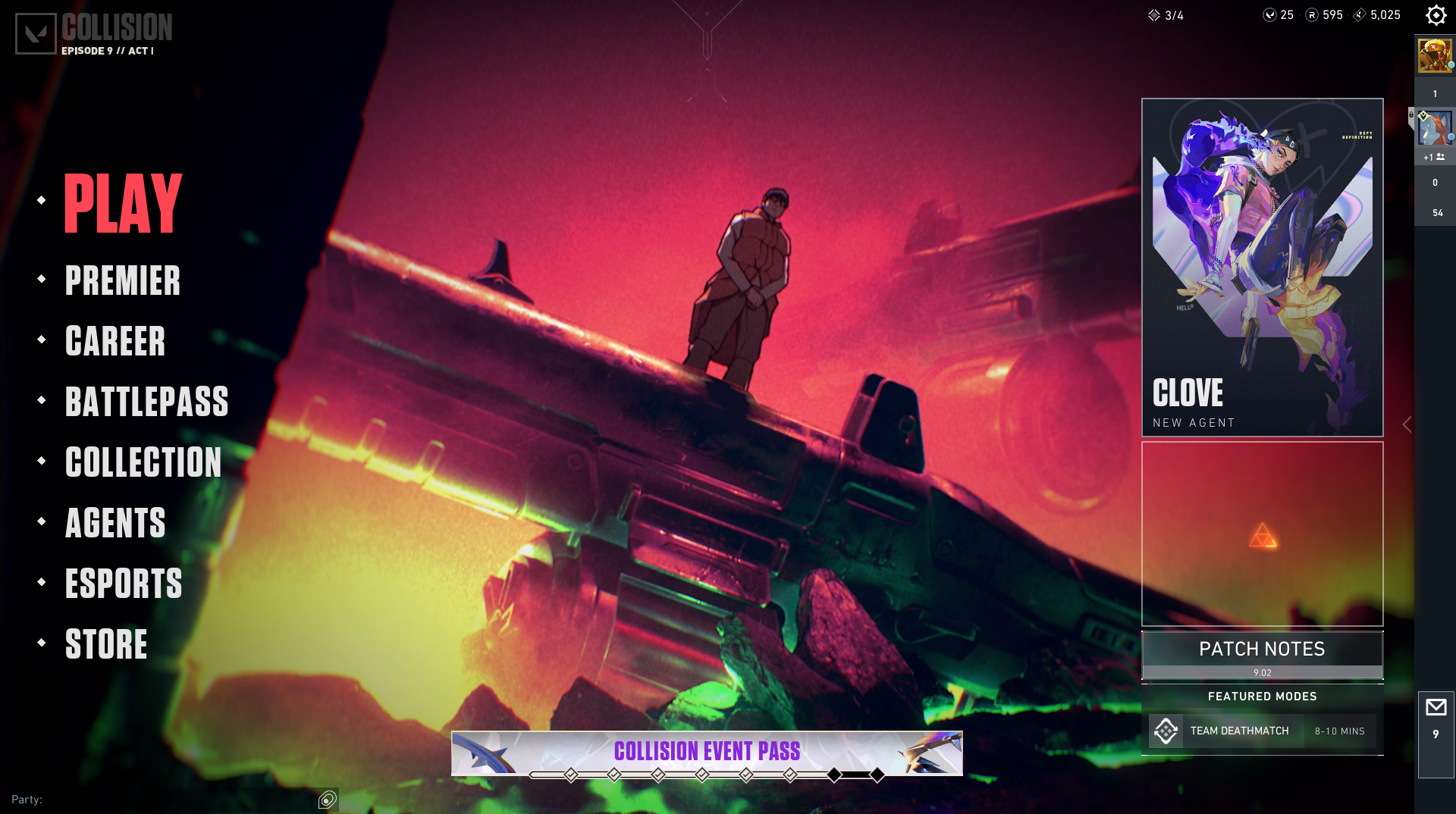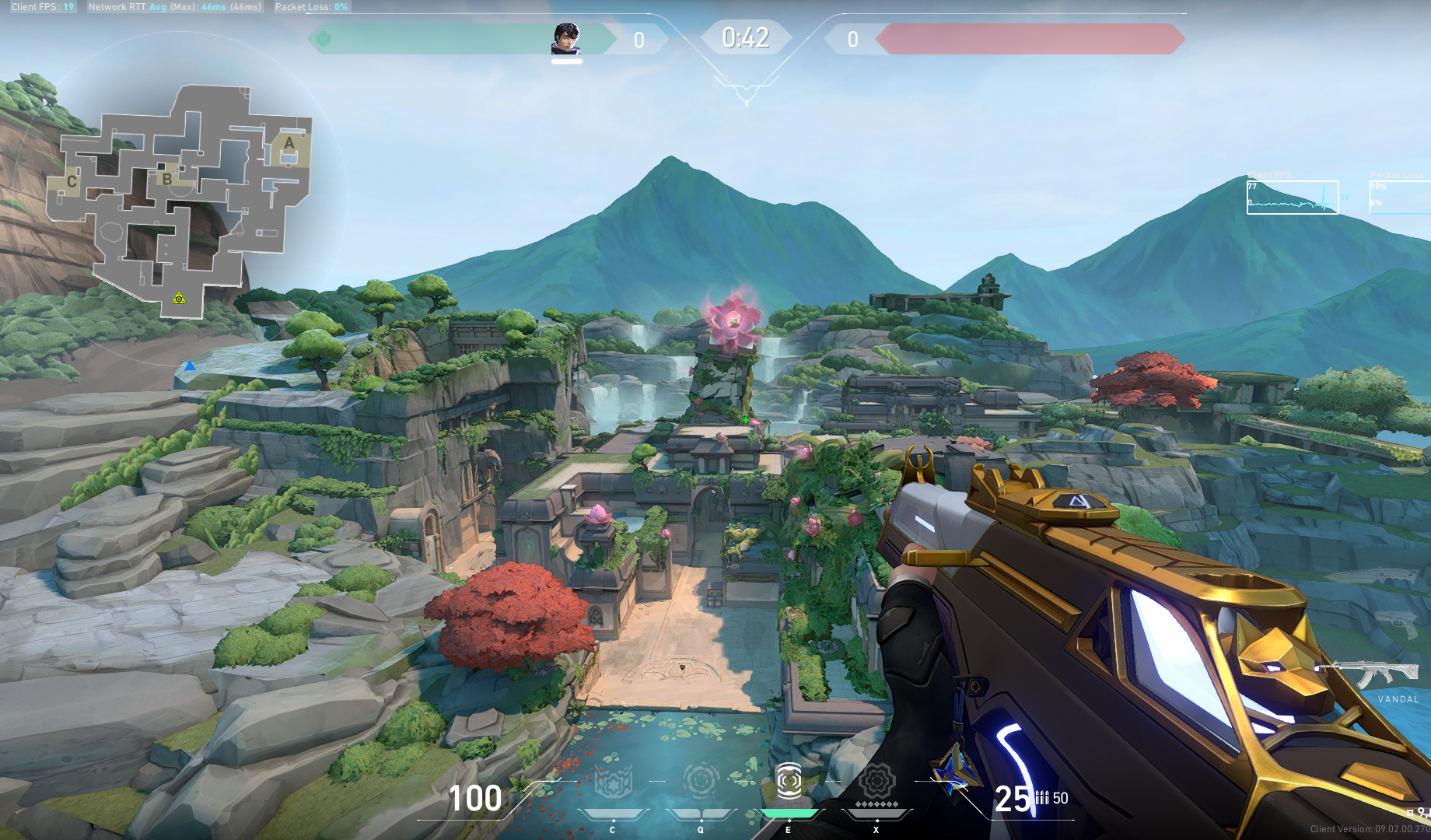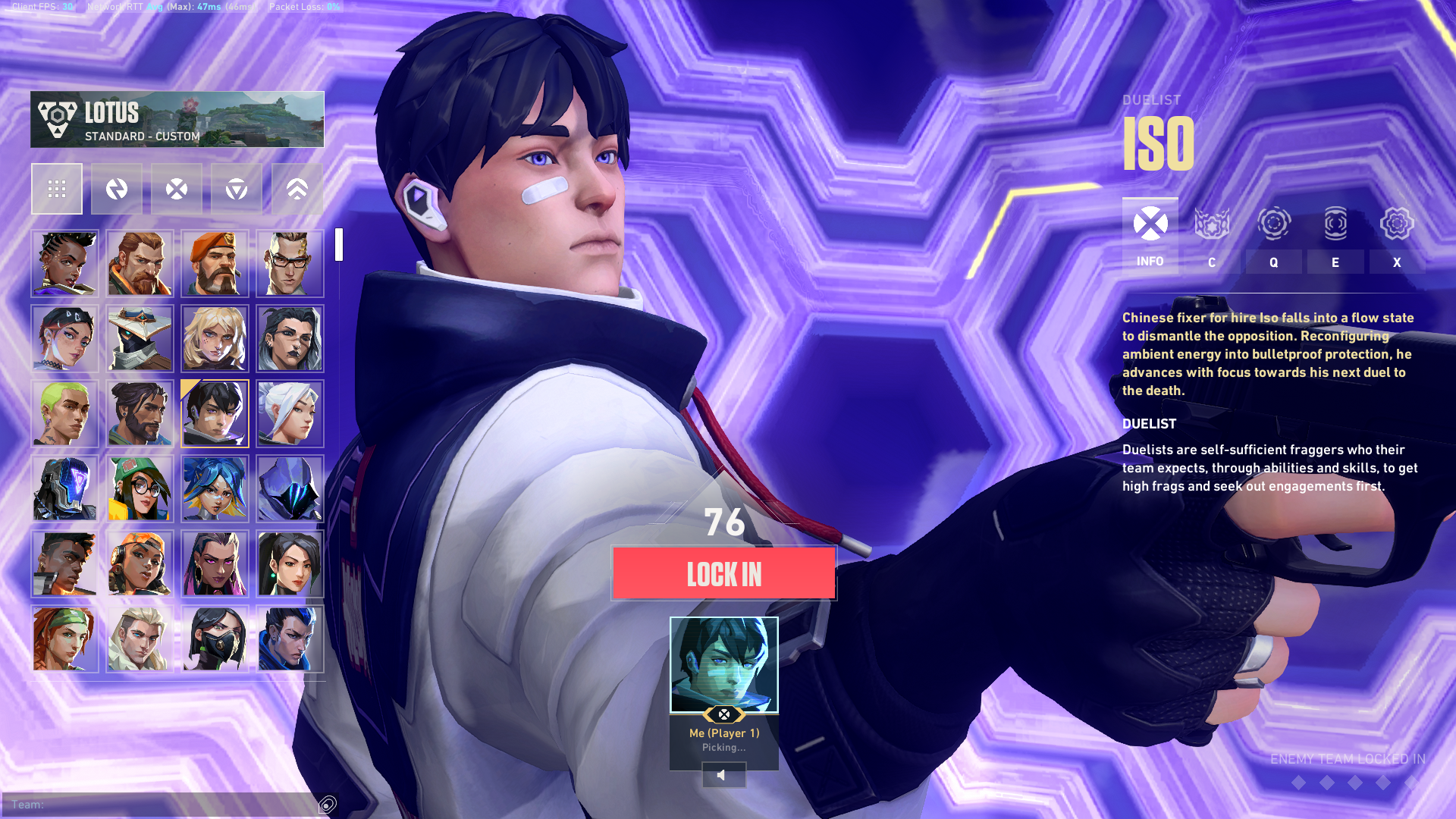
Few games have had as big of an impact in the constantly changing gaming industry as Valorant. Millions of people all over the world have fallen in love with this first-person shooter (FPS), created by Riot Games. Its journey—which included tremendous success, unexpected setbacks, and a victorious return—is proof of the innovation of the game and the commitment of its community.
The Meteoric Rise:

Valorant burst onto the scene in June 2020, during a time when the world was suffering with COVID-19 pandemic. With lockdowns and social distancing measures in place, people turned to online gaming for entertainment and social interaction. Riot Games, already renowned in the gaming world for their work on League of Legends, promised a fresh and competitive FPS experience with Valorant.
From the start, Valorant was designed to be a tactical and character-based ability game. It combined with the precision shooting mechanics of classic like Counter Strike with the depth of hero abilities in game like Overwatch. This unique formula quickly attracted a massive following.
The game’s closed beta phase was a masterstroke of marketing. By partnering with popular Twitch streamers and requiring viewers to watch streams to gain early access. The Riot Games created massive hype. This strategy not only showcased the game but also built a community eager to jump into the action. When Valorant officially launched, it was met with critical acclaim and a successful player base.
The Unexpected Fall:

However, the initial success didn’t last indefinitely. As the novelty wore off, Valorant faced several challenges. Balancing issues with agents’ abilities and weapons led to frustration among players, some agents were way to powerful, while other felt underwhelming. Riot’s frequent updates and patches sometimes increase these issues rather than resolving them.
Moreover, the game’s competitive matchmaking system came under serious observation. Players encountered issues with rank disparity, smurfing (experienced players using new accounts to play against less experienced opponents), and inconsistent matchmaking among different rank players. These factors led to a decline in player satisfaction.
Valorant’s esports scene, although promising faced hurdles too. The pandemic’s restrictions on live events meant that tournaments had to be held online, leading to technical difficulties and varying ping issues. The lack of in-person events also impacted the community’s excitement and engagement.
The Triumphant Rise Again:

Despite these setbacks, Riot Games demonstrated their commitment to Valorant’s success. They actively listened to players feedback and made changes to address the game’s issues. Balancing updates become more precise, well-received by the community and lead to a more positive gaming environment.
Riots also revamped the competitive matchmaking system, introducing measures to combat smurfing and improve and balance matchmaking. These changes were also well-received by the community and led to a more positive gaming environment.
The game’s esports scene began to thrive a well. With the introduction of the Valorant Champion Tour (VCT), Riot Games established a structured and exciting competitive circuit. The VCT provided a clear pathway for dedicated players to go from amateur to professional, reigniting interest within the community.
Riot’s efforts to engage with community extended beyond the game itself. Regular developer updates, community events, and collaborations with popular content creators helped maintain a strong connection with the player base. Valorant’s lore and storytelling also expanded, adding depth to the game’s universe and keeping players invested.
